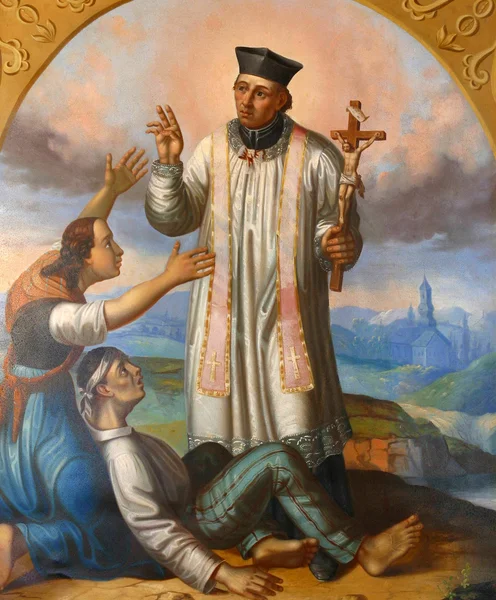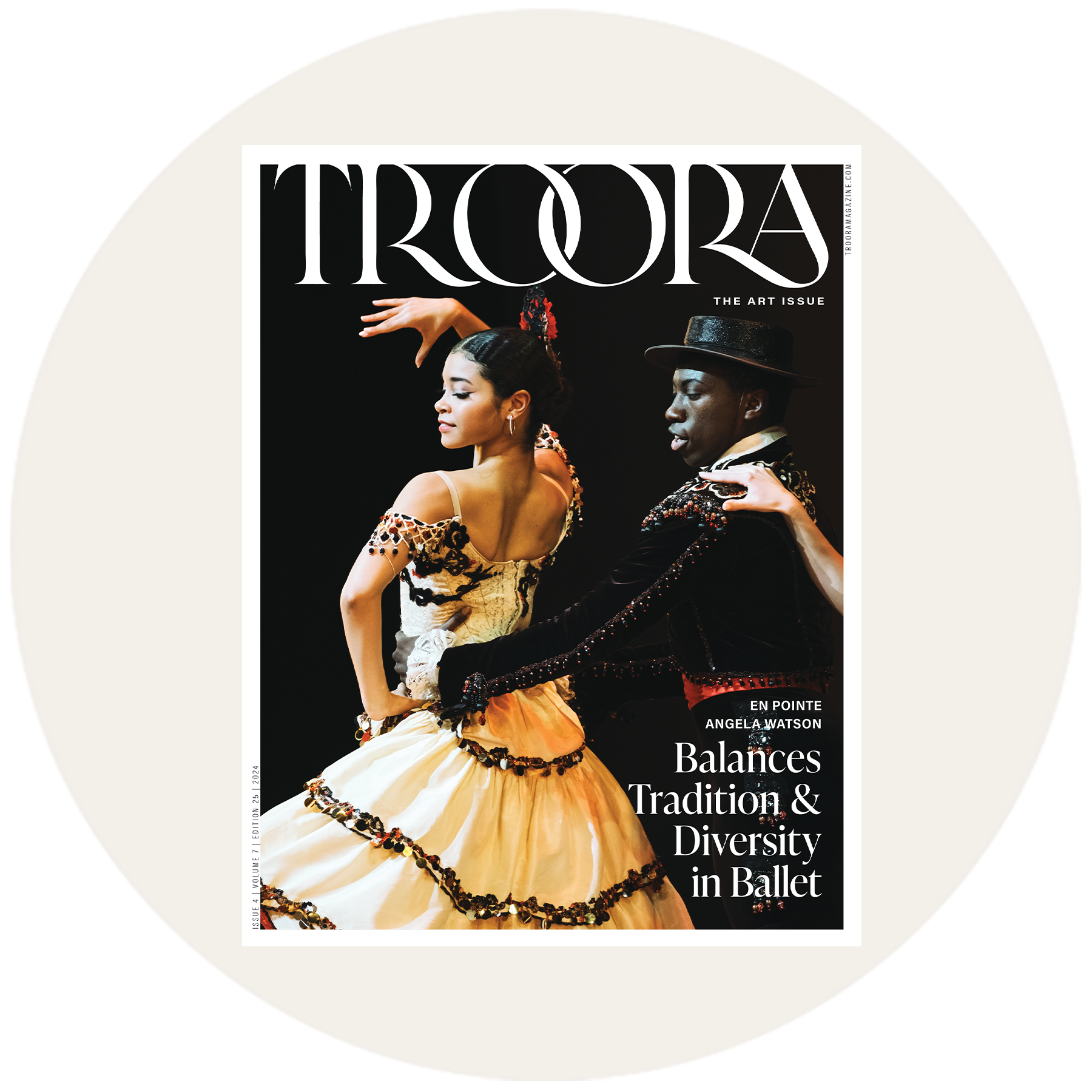Discover TrooRa Marketplace, Shop New Products Open NOW!

A Brief History of Valentine's Day
Written by: Morgan Bernard

From Pegan Festival to Hallmark Sensation
February 14th is universally recognized as the global day of love. On Valentine’s Day, couples around the world will spend the evening together, enjoying a romantic dinner, exchanging gifts, and expressing their love for one another. In the weeks leading up to the holiday, stores will overflow with flowers, heart-shaped balloons, and candies to prepare for the special day. Set menu dinners, Hallmark cards, and over-priced bouquets are a far cry from the holiday’s catholic and ancient Roman origins. While February has long been celebrated as a month of romance, the history of Valentine’s Day—and its association with the patron Saint Valentine— are somewhat mysterious. Dive in below as we explore the history of Valentine’s Day and its evolution from a pagan celebration to a Hallmark holiday.


St. Valentine and the Catholic Church
While the Catholic Church recognizes at least three saints with the name Valentine or Valentinus, one stands out for his commitment to true romance. Legend has it that Valentine was a priest in Rome during the third century. At the time, Emperor Claudius II ruled with an iron fist and outlawed marriage for young men due to his belief that single men made better soldiers. Valentine saw the act as unjust and defiantly continued to marry young couples in secret. When his actions were discovered, the priest was put to death, becoming a martyr for young love. Other historians argue that it was Sant Valentine of Terni, a bishop, who was beheaded by Claudius II. Some stories claim Valentine was killed for helping Christians escape Roman prisons and that he fell in love with the jailer’s daughter during his own imprisonment. Before his death, it is rumored he wrote a letter to his beloved signed, “From your Valentine,” the first Valentine ever sent.

Greek God Eros, AKA Cupid
Valentine's Day, a Pagan Celebration
While the modern holiday is clearly named for a Catholic saint, its romantic origins likely also stem from a pre-Christian pagan festival in February. Some historians claim the church placed the Valentine’s celebrations in February to Christianize an existing celebration of love. The celebration of Lupercalia, which fell on February 15th, was a festival of fertility dedicated to the Roman god of agriculture, Faunus, and the founders of Rome, Romulus and Remus. During the festivities, members of the Roman order of priests, Luperci, would gather in a sacred cave where it was said the infant founders of Rome were cared for by a she-wolf. The priest would begin the festival by sacrificing a goat for fertility and a dog for purification. The priest would then cut the goat’s hide into strips, dip them in the sacrificial blood, and slap both women and crop fields with the blood-stained hide to promote fertility. The blood-stained women would then put their names in an urn, and the city’s bachelors would choose a name and become coupled with the woman for a year; the pairings often resulted in marriage. The celebration of Lupercalia continued during the early rise of Christianity but was eventually outlawed by Pope Gelasius.
Another Pagan Valentine’s tradition persevered through the centuries and continues to be integral to today’s holiday— Cupid, the winged baby who launches arrows of love. The Roman god Cupid traces his origins back to the Greek god of love, Eros. According to Greek mythology, Eros toyed with the emotions of gods and men alike with his golden arrows that would incite love. In the Hellenistic Period, Eros began to be depicted as a chubby, winged child rather than a handsome god.

Middle Age Church
Valentine's Day in the Middle Ages
When Lupercalia was outlawed by Pope Gelasius, February 14th was declared St. Valentine’s Day. During the Middle Ages, it was believed that February 14th marked the beginning of bird mating season, which added to the romance of the celebrations. The first recorded celebration of Valentine’s Day as a day of love was by the English poet Geoffrey Chaucer in 1375, who wrote, “For this was sent on Seynt Valentyne’s day / Whan every foul cometh there to choose his mate,” in his poem Parliament of Fowls. Valentine’s greetings were popularized during the Middle Ages. It is believed that King Henry V hired the writer John Lydgate to compose a valentine to Catherine of Valois.
A Modern Celebration of Love
Today, Valentine’s Day is a global celebration of love. Couples exchange valentines, a tradition that dates back to the 17th century. By the 1900s, printed Valentine’s Day cards began to replace handwritten letters. In 1910, Hallmark was founded in Kansas City, Missouri, as a postcard business but quickly pivoted to greeting cards. Today, the company estimates that roughly 145 million Valentine’s Day cards are sent each year.
As we make plans to celebrate with our loved ones, keep in mind that there is no right or wrong way to celebrate Valentine’s Day. Whether spending with your special someone or your most cherished friends, the day is about expressing and receiving love. ![]()

TrooRa Magazine
Written by
Morgan Bernard
Welcome to TrooRa Magazine
Already registered Sign In
Art Issue 2024 Edition 25
Marking a milestone with our 25th issue, TrooRa Magazine’s Art Issue 2024 (Special Edition) explores the transformative power of creativity as a force for healing, unity, and change.






